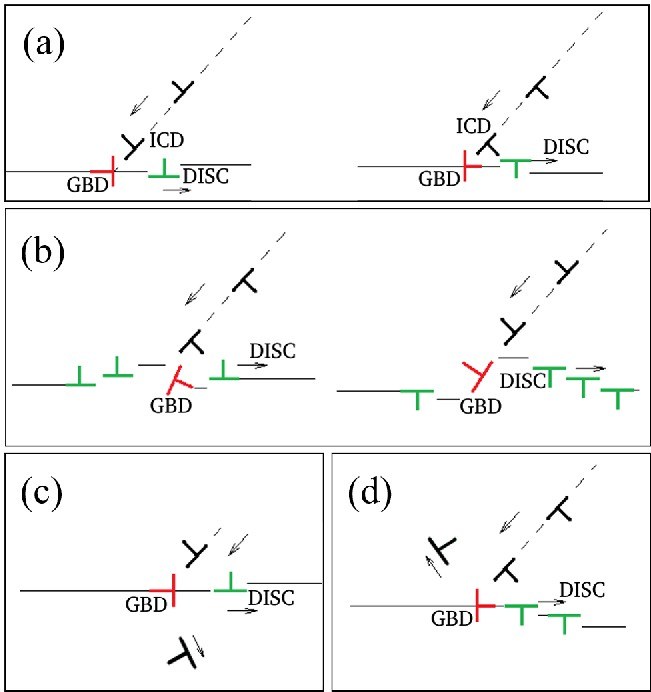Nikolai Kvashin defends his thesis on the slip transfer phenomenon in BCC metals
Nov 17, 2022
Nikolai Kvashin defended his thesis co-directed by Napoleón Anento and Dmitry Terentyev on 16th of November 2022 at Campus Nord. Titled “Atomistic Study of Slip Transfer in BCC Metals “, the thesis presents an atomistic computer simulation study on the interaction between dislocations (single and pile-up cases) and a set of grain boundaries with the purpose to investigate the role played by the grain boundary atomic structure
The mechanical properties of the structural materials that are polycrystalline in nature are determined by a variety of physical processes taking place at different time and spatial scales. In these processes, bulk dislocations and grain boundaries (GB) play a significant role. Plastic deformation in these materials is mainly related to dislocation mobility, so the interaction of these defects with other pre-existing defects, such as GB, is a key factor explaining the evolution of properties over time. There are many possible types of GBs, and the behavior of one particular GB interacting with dislocations cannot be predicted and, therefore, must be analyzed individually. Macroscopically, these reactions are classified as absorption, transmission or reflection of dislocations. The connection of these reactions with the structure of the GBs, as well as with external parameters (stress, temperature, etc.) is the purpose of this study.
The aim of the work is to predict the result of the interaction of slip bands with GBs based on the multiscale modeling approach. This work presents a report on the transferability of dislocations through GBs and on the role of intrinsic defects at GBs. The main objective of this PhD research is to investigate the role of the GB atomic structure in the interaction of GB with dislocations in order to be able to provide a set of interaction rules that can be easily transferred to models dealing with higher time and spatial scales, for example, dislocation dynamics or the finite element method. To study the mechanisms of interaction of dislocation with GB, approach to the atomic level is required, for this reason, the molecular dynamics (MD) modeling method was chosen.
This work presents the results of MD modeling conducted to study the mechanisms of interaction between dislocations and symmetric tilt GBs, since they represent a significant number of interfaces present in real materials. For each GB under consideration, an analysis of the results was carried out, being the output a description of the dependence of the reaction type on temperature and applied stress. The obtained results are used as input data for the second stage of the work, which includes the expansion of the simulation box to three-dimensional modeling to study the interaction of GB defects with irradiation defects at the interface.
As a result of the work, a number of new valuable data have been obtained that gives a new insight on the atomic-scale processes associated with the interaction of GB with dislocations in steels. For instance, it has been discovered the key role of elementary disconnections in the GB-dislocations interactions. Low critical stress for the elementary disconnections in the {112} GB allows it to very efficiently experience shear-coupled GB migration. This is the only GB where transmission of the pile-up has been observed, as only one elementary disconnection is enough to transform the Burgers vector of the reacted dislocation, so it is able to glide in the adjacent grain. At the same time, there is no transmission in other studied GBs. The {332} GB can accept several crystal dislocations forming new asymmetric interfaces at the reaction site. While the {116} GB, having several disconnections with Burgers vector parallel to the interface, is able to accommodate stresses by splitting the initial reaction product into new GB defects. On the other hand, there are no elementary disconnections associated with the {111} GB. This GB is the only one studied that does not experience shear-couple GB migration, instead the interface at the reaction is changed by shuffling of two atoms forming new interfaces and allowing the growth of one grain at expenses of the other. The appropriate choice of GB allowed us to draw conclusions sufficiently general to be used in the development of large-scale models, which are indispensable tools for investigating the long-term evolution of these materials.

Share: